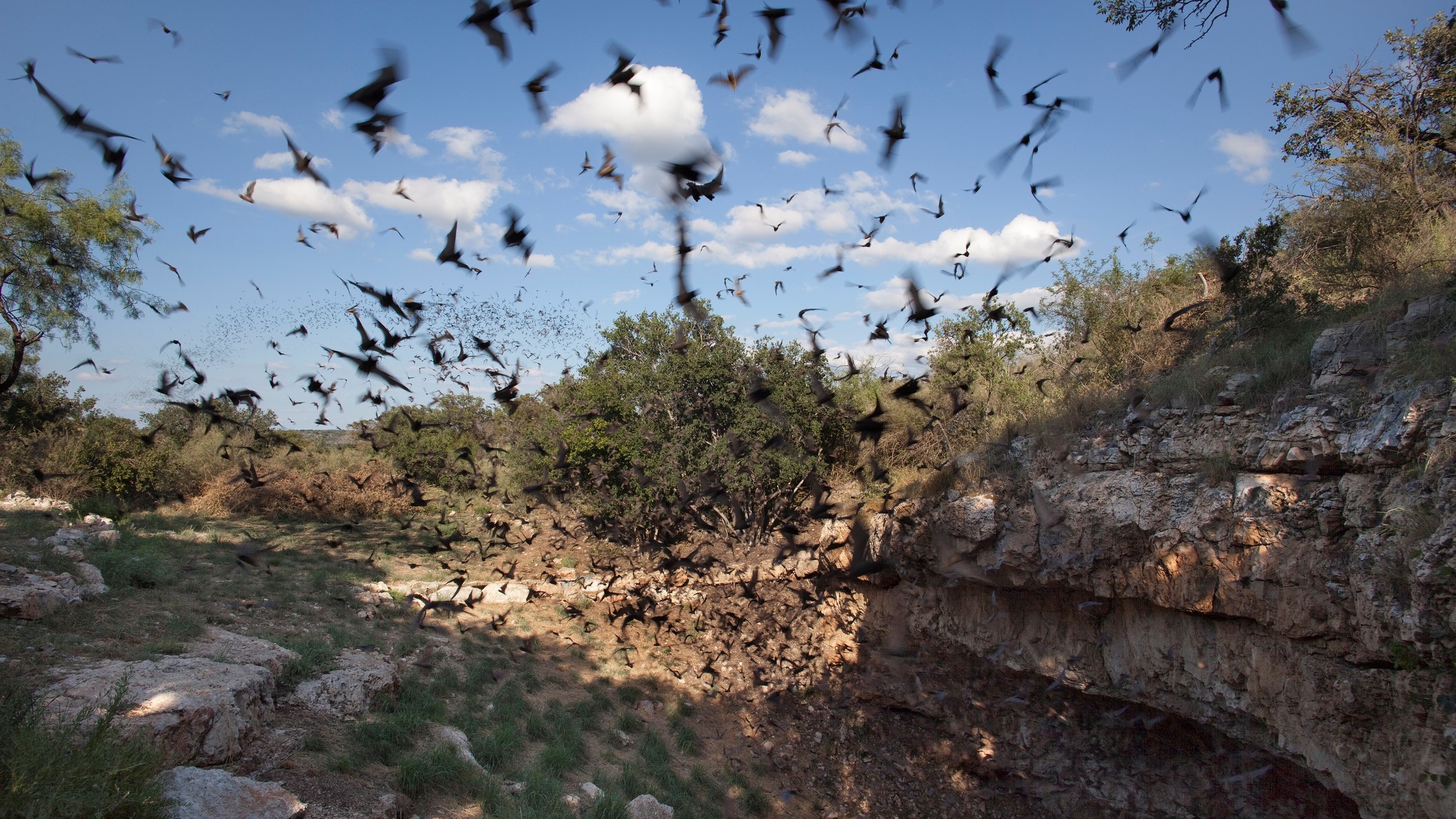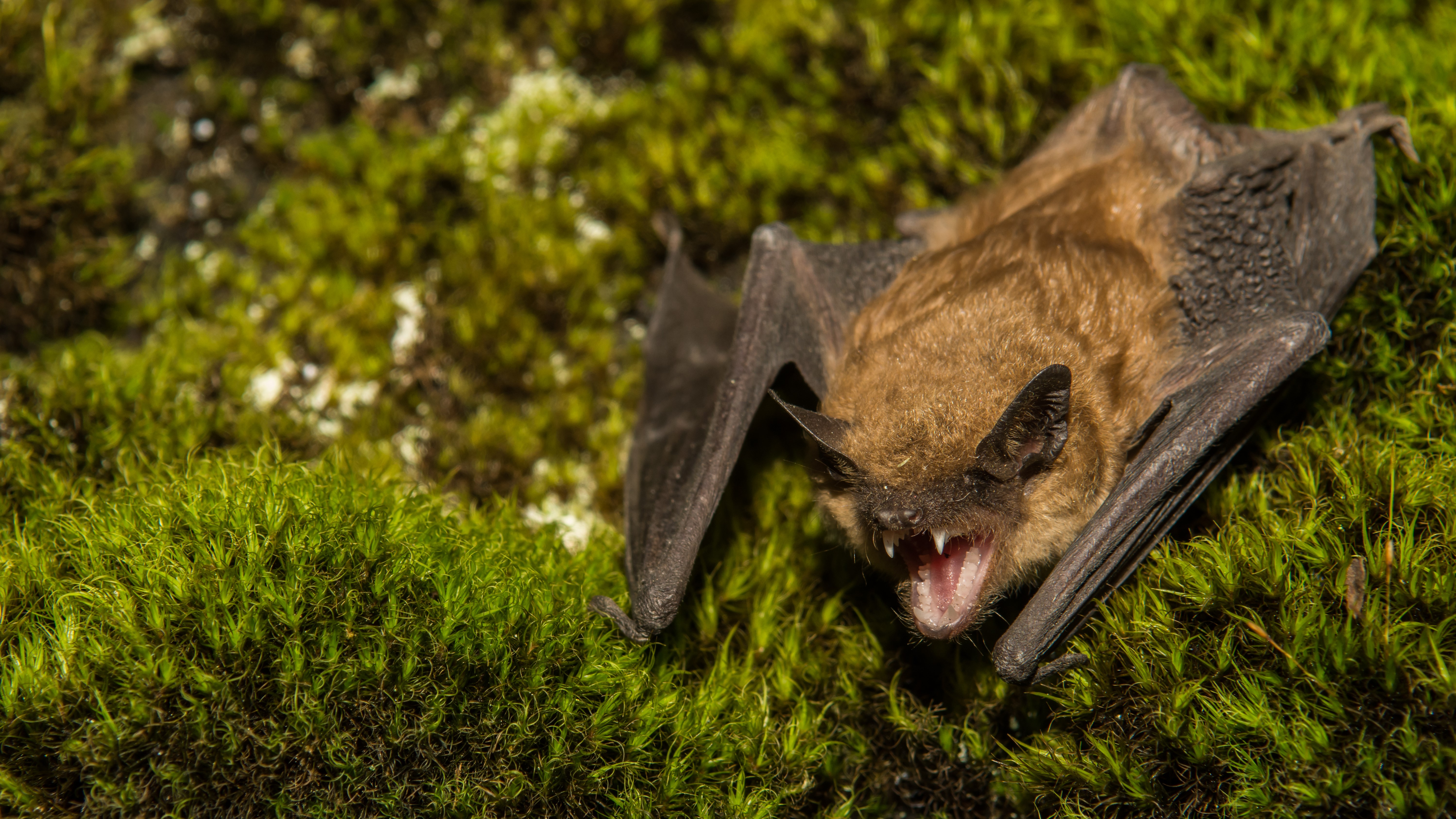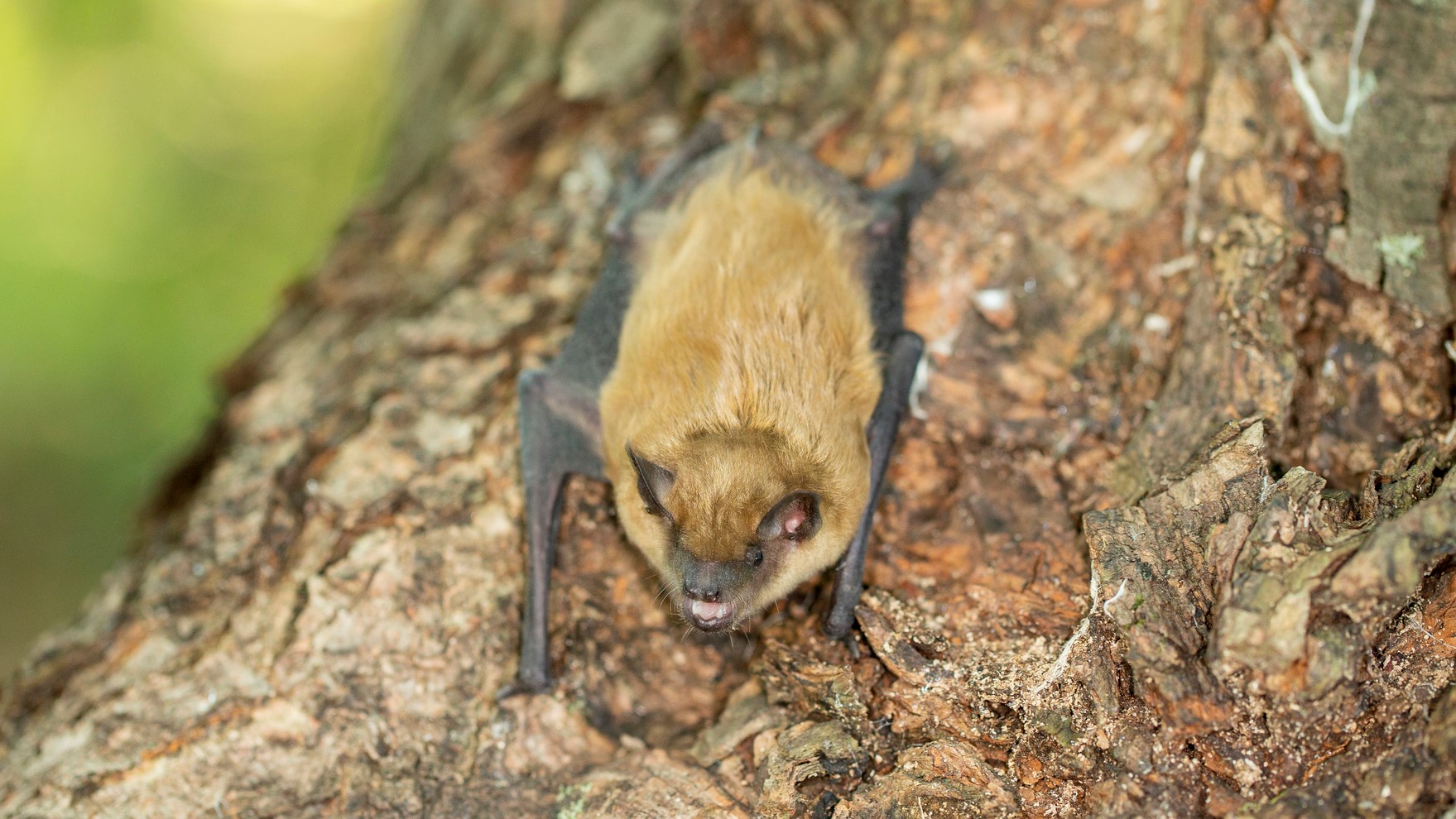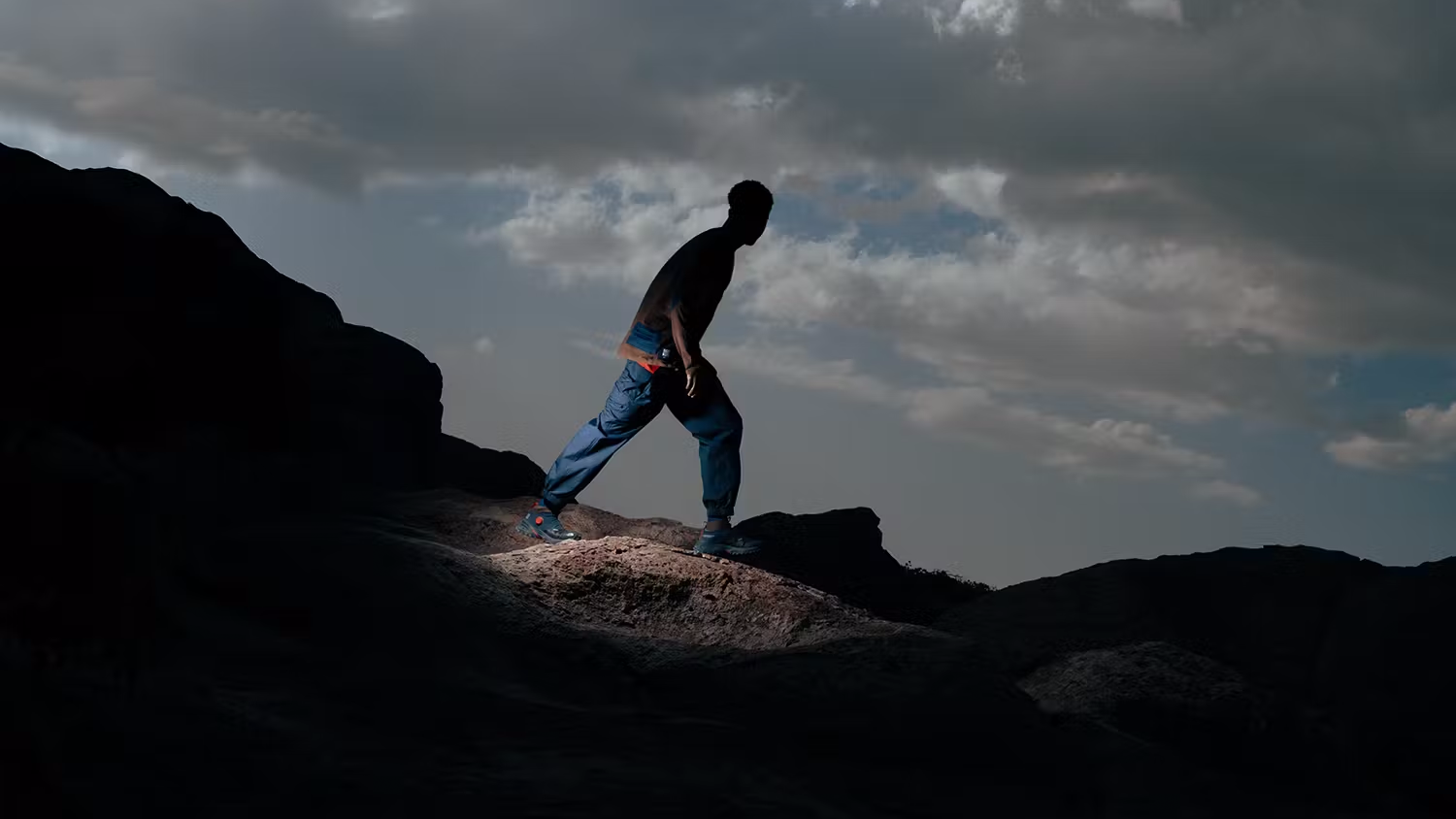Bats are awesome – and here’s what to do if you encounter one
Bat encounters are rare and they’re not as disease-ridden as once thought, but you still want to keep your distance from them

Bats are awesome. If you’re a keen camper, you probably already know that as you’ve no doubt spent countless evenings watching them dance and swoop in the air at dusk, and if they’re brown bats you might have appreciated their appetite for mosquitoes.
Bats are also everywhere. There are bats all over the world and in almost every part of the US, which is home to nearly 50 species of bats and millions of bats within the National Parks system alone. If you already know how important bats are to our ecosystem, you’ll find this to be good news, but let’s face it, bats have earned a bit of a bad rap over the years, and the discovery that there are so many of them might send a chill down your spine. But are bats dangerous? We took a look at what makes bats so awesome, dispel some myths around the threat they pose, and discuss what to do if you do get too close to a bat on your travels.
Why are bats important?
Let’s start with what makes bats so awesome. Now, people get entire PhD qualifications in this subject, so we can’t really cover everything here realistically, but here are a few ways bats benefit you and the natural world:
- Some bats feed on insects that destroy crops, helping farmers protect their crops and supporting the food chain.
- Some bats feed on insects that spread disease, supporting human and livestock health.
- Some bats help spread seeds of over 300 species of fruit, and without them we wouldn’t have avocados, bananas, mangoes or tequila!
- Many rivers’ delicate ecosystems rely on bats.
- Bats are the only flying mammals on the planet, and some can fly at speeds of over 100mph.
Though you might have a bit of fear of bats, like many species, the health of the planet relies on them more than we realize.

Are bats dangerous?
Bats have a bad reputation. If you grew up with stories of vampire bats, you might think these bloodthirsty, winged mammals dipping and diving overhead at your campsite are just waiting for an opportunity to dive down on your vulnerable neck, plunge their mighty fangs into your flesh and drain you of blood, while also giving you rabies. While vampire bats do exist, they’re mostly found in central and south America, they don’t suck on blood (they lick it) and they mostly feed on livestock. However, it’s not entirely unfounded that bats can be carriers of serious diseases.
The main such disease that tends to make headlines is rabies – just recently, a bat infected with rabies was found in Grand Teton National Park – but the problem might not be as bad as you think. According to the CDC, bats are the leading cause of rabies in the US, responsible for roughly seven in 10 deaths among people who are infected with the rabies virus. That sounds like a lot!
But the same news release does go on to clarify that we currently average only about one to three rabies cases per year (for the record, rabies cases are nearly always fatal). In the 1940s, that number was significantly higher, but thanks to post-exposure prophylaxis plus vaccines, the incidence of rabies is now very rare, even if bats are leading the charge there. It’s also probably reduced by the fact that scientists now think that only about 1% of bats carry rabies, according to a study by the University of Calgary, down from previous reports of 10%. If you were to be bitten or scratched by a bat, you could contract rabies, but the chances are low of both things happening.
Advnture Newsletter
All the latest inspiration, tips and guides to help you plan your next Advnture!

What really brings the risks associated with bats down is how unlikely encounters are with them. Like most wildlife, bats aren’t really that keen on spending a lot of time around humans, but unlike bears, mountain lions and wild boar, every other mammal on the planet, they have wings so that they can easily fly away from you. When you’re hiking and camping, the chances are that the closest you’ll get to a bat is admiring it from your camping chair while you enjoy a cold brew after a long day. Bats, after all, are nocturnal, so you’re not likely to see much of them unless you’re adventuring at night.
If they get inside your home, you’re definitely more at risk of coming into close contact with a bat, which is where a lot of encounters occur, but so long as you’re sleeping in a tent, or in a hammock or shelter that has a mosquito net, there’s not much chance of you sharing close quarters with a bat.
One area where outdoors enthusiasts do sometimes get a little too close for comfort with bats is of course when cavers and rock climbers accidentally stumble upon a resting bat in a rock crevice, since this is where they often hang out during the day. It’s not unheard of for climbers in popular spots like Yosemite to reach for a hold and discover they’ve brushed up against a sleeping bat.

What to do if you encounter a bat
Whether a bat flies into your home through an open window or you accidentally grab onto one when you’re crack climbing, you should assume that you’ve been exposed to rabies and act straight away. Bat bites are small and you won’t always know you’ve been bitten, according to the CDC, which offers the following advice:
- The best protection is to stay away from bats – if you see a bat outdoors, just enjoy it from a distance (try binoculars).
- Don’t touch bats – most bites occur when people try to pick bats up.
- If you realize you’ve been sharing a room with a bat, speak to your doctor immediately about your exposure risk and whether or not you need to be vaccinated.
- If you suspect you may have been bitten or scratched by a bat, immediately wash the area with soap and water then seek medical attention.
The CDC does have detailed guidance for capturing a bat, and submitting it for rabies testing but honestly that seems to fly in the face of leaving bats alone, so we’ll leave that to the experts and stick with the best practices – stay away from bats, and see a doctor if you get too close to one.
- Best binoculars and monoculars: admire wildlife from a safe distance
Julia Clarke is a staff writer for Advnture.com and the author of the book Restorative Yoga for Beginners. She loves to explore mountains on foot, bike, skis and belay and then recover on the the yoga mat. Julia graduated with a degree in journalism in 2004 and spent eight years working as a radio presenter in Kansas City, Vermont, Boston and New York City before discovering the joys of the Rocky Mountains. She then detoured west to Colorado and enjoyed 11 years teaching yoga in Vail before returning to her hometown of Glasgow, Scotland in 2020 to focus on family and writing.

